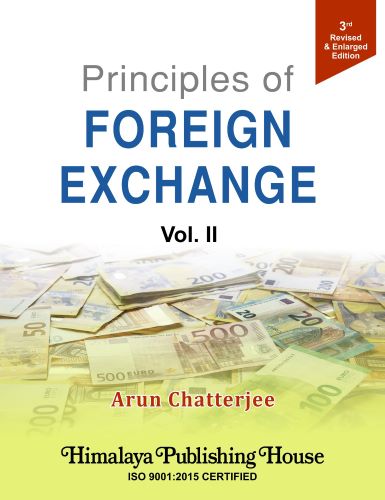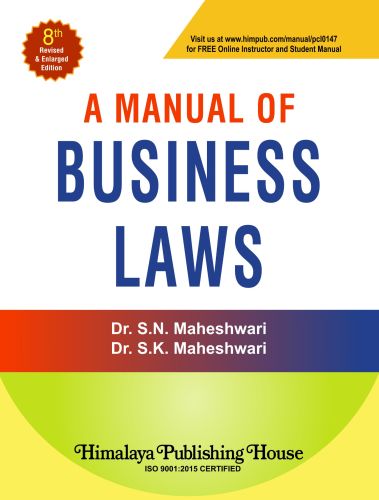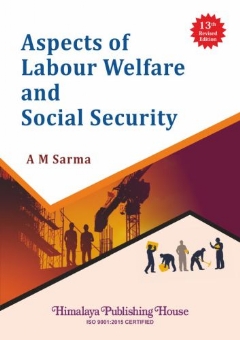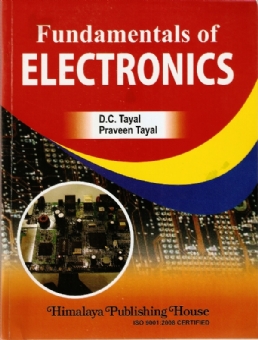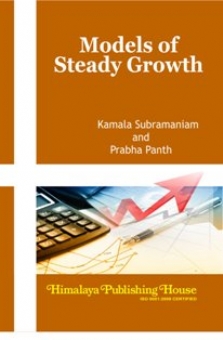The Third Edition of the book received excellent reviews. THE JOURNAL OF THE INDIAN INSTITUTE OF BANKERS (Vol. 55 No. 1 – January – March 1984) carries a Book Review by Chandra Doshi: Principles of Foreign Exchange (Vol I and II), published by Himalaya Publishing House, Mumbai. A brief extract is reproduced below:
“This is a very comprehensive book dealing with practically every aspect of foreign exchange business. The author has over a vast canvas gone in a very lucid manner from one aspect of the subject to another without however disturbing the link. In fact the subtitle of the book “Foreign Trade, Payments, Contracts and Regulations” is more explanatory of the nature and structure of the book”. The Third Edition of the book, Principles of Foreign Exchange (POFE), is comprehensively revised. Several international practices and conventions have drastically changed and the Reserve Bank of India has made extensive changes in the rules and regulations governing foreign trade. The International Chamber of Commerce (ICC) has comprehensively revised the Uniform Custom and Practices for Documentary Credits and the Version 600 is now applicable. Similarly, the INCOTERM Rules 2020 have come into operation. As per the ICC notes, the UCP 600 and the INCOTERMS 2020 are unlikely to change for quite some time. The Indian Institute of Banking and Finance (IIBF) which conducts the JAIIB and CAIIB examinations for bank employees have announced their syllabus for their International Banking Course. The book covers the entire syllabus relating to International Banking in a exhaustive yet easy-to-read manner. Bank employees who are preparing for the JAAIB or the CAIIB examinations will find the book a useful aid in preparing for these examinations. The book covers a vast array of topics in foreign exchange. The coverage in many of the topics extends to recent research and expositions. For example, in the important subject International Trade, the book covers not only the famous works of Adam Smith and Ricardo but explains clearly the latest theories such as the Factor-Proportion Theory also known as the H-O theorem. This section will not only be of immense use to bankers preparing for their examinations, but also be useful to research workers working in Universities which include International Banking in their curriculum. Starting from the rudiments of foreign exchange, the book goes on to deal with the method and procedures of financing of exports and imports, mechanisms of exchange rates, forward exchange contracts and foreign exchange markets. The latest features of IMF, UNCTAD and GATT and the WTO are discussed concisely yet relevantly. The lay person who reads or listens about the country facing averse terms of trade, or a balance of payments crisis, or government-to-government backed international transactions (e.g. semi-conductor chips manufacture and defence connected contracts) is keenly interested to grasp what these issues involve.
Contents –
SECTION I – Foreign Trade, Guarantees, Banking Technology, Gift City
1. Import Finance
2. Export Finance
3. Guarantees and Bid Bonds
4. Non-Resident Accounts Including Investments
5. Technology in International Banking
6. The International Financial Services Centres Authority Act. 2019, GIFT City
SECTION II–Forex Markets, Exchange Rate Mechanisms Systems and Control
7. Exchange Rate Mechanism I – Spot/Ready Rates
8. Exchange Rate Mechanism II – Forward Exchange Contracts
9. Markets and Syndications
10. Systems and Control
11. Exchange Trading and Position

